The Backyard Baddies: A Pro’s Guide to Winning the War on Invasive Plants
I’ve had my hands in the dirt for more than two decades, turning chaotic patches of land into beautiful, thriving gardens. But let me tell you, one of the most important lessons I ever learned had nothing to do with fancy design principles. It was about plants that don’t play fair.
In this article
I’ll never forget this one job. A beautiful old brick house with a massive, absolutely stunning vine covered in purple flowers. The homeowner loved it. It was a Chinese Wisteria. Fast forward two years, and we were back—but this time, we brought pry bars and a whole lot of regret. That gorgeous vine had wormed its way into the mortar, shattered window frames, and was literally tearing the gutters off the house. That little “oops” ended up costing the homeowner thousands in repairs. It was a hard lesson: some plants, no matter how pretty, are just not worth the headache.
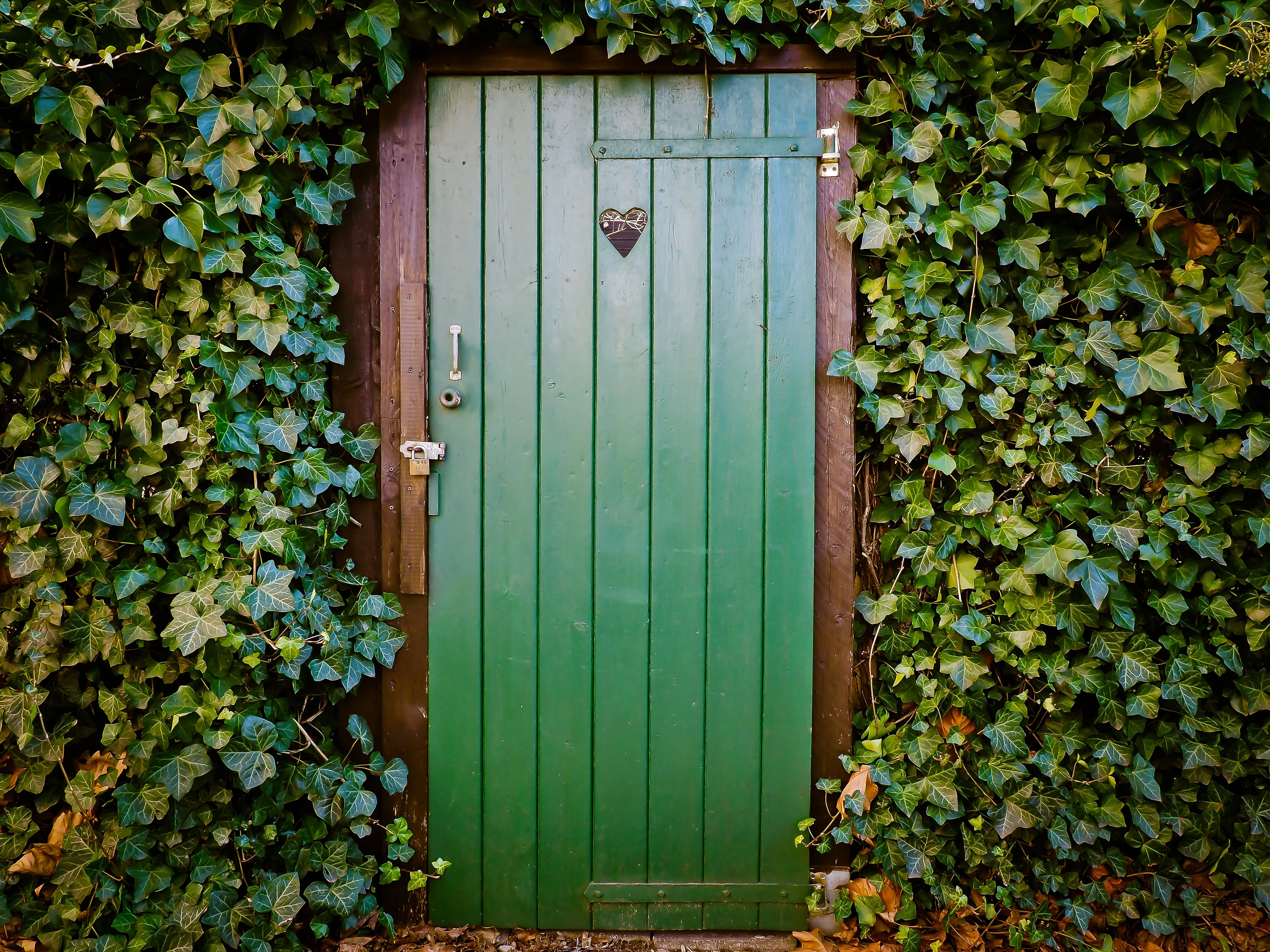
These are what we call invasive plants. And it’s not just a term for a plant that spreads a bit. A true invasive is a non-native species that causes real ecological or economic damage. They show up in a new environment and find there’s nothing to keep them in check—no local bugs that eat them, no diseases they’re susceptible to. So they just… take over. Understanding this is step one to being a responsible gardener. This isn’t about plant-shaming; it’s about knowing that our choices in the garden center have a huge impact on our own yards and the wild spaces just beyond the fence.
How These Thugs Take Over Your Yard
So, why are these plants such a problem? It’s not just bad luck; it’s a masterclass in survival strategy. Invasive plants have a playbook for outcompeting everything around them.
First off, they grow at an insane speed. I’m talking about things like Japanese Knotweed, which can shoot up several inches in a single day. It rockets up in the spring, throwing a shadow over all the slower-growing native plants. No sunlight, no life. The natives die off, and the invader has even more room to party.
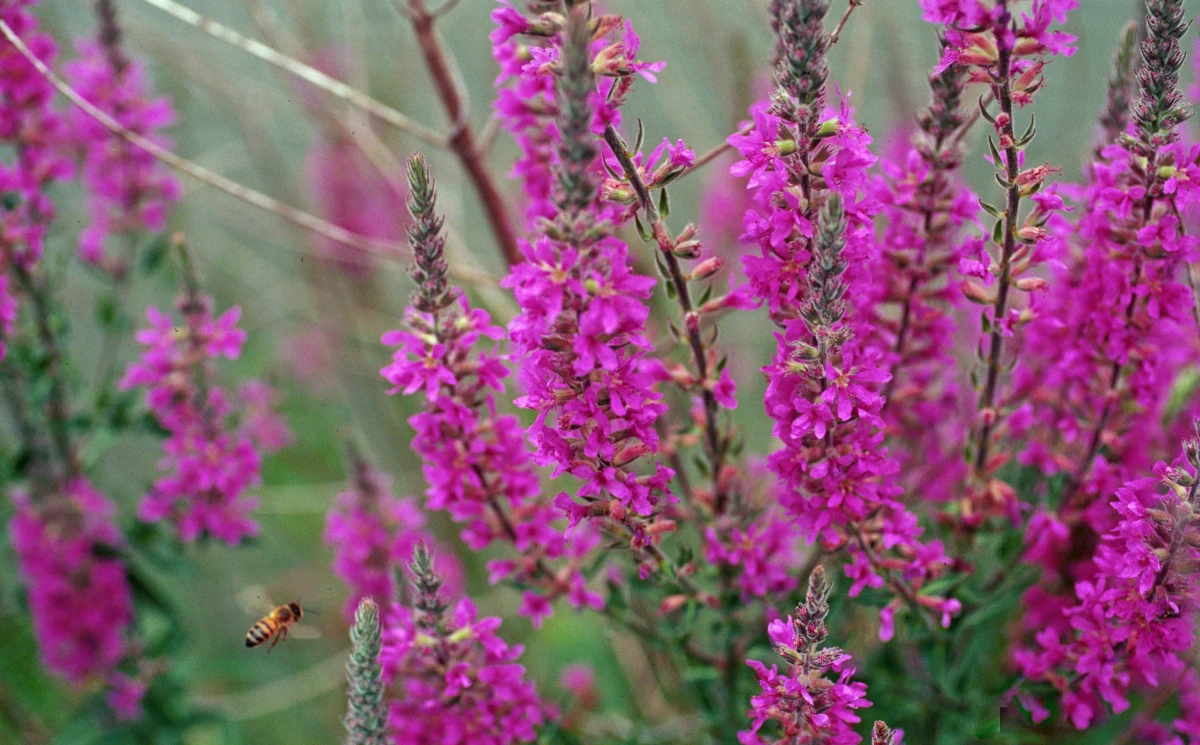
Then there’s their reproduction game. They are absolute experts at making more of themselves. Some, like the infamous Butterfly Bush, produce thousands of tiny, lightweight seeds that can travel for miles on the wind, starting new trouble spots far away from your yard. Others are sneaky, spreading with underground root systems called rhizomes. A piece of a knotweed rhizome no bigger than your thumbnail can sprout into a whole new monster. This is why just hacking them down often makes things way worse—you’re basically giving them a haircut that encourages them to grow back even stronger from the roots.
And if that wasn’t enough, some even resort to chemical warfare. Seriously. It’s a process called allelopathy, where a plant releases chemicals from its roots or leaves that stop other plants’ seeds from sprouting. English Ivy is a classic example. It doesn’t just block the light with its dense mat of leaves; it actively poisons the soil for the native wildflowers you actually want to see.

When you combine these tactics, the entire local ecosystem gets thrown out of whack. When the native plants go, so do the insects, birds, and other critters that rely on them. A garden full of invasives might look green, but to local wildlife, it’s a food desert.
The Usual Suspects: Your Field Guide to Problem Plants
Over the years, I’ve battled a whole rogue’s gallery of plants. The tricky part is that many of them are still sold in nurseries because they’re easy to grow and look impressive. Here’s my rundown of the most common offenders I see on job sites, and more importantly, how we actually get rid of them.
1. Butterfly Bush (Buddleia)
How to Spot It: A shrub with long, arching branches and soft, grayish-green leaves. In the summer, it’s covered in cone-shaped clusters of flowers—usually purple, pink, or white—with a sweet, honey-like smell.
The Real Problem: The name is a cruel trick. Yes, adult butterflies love its nectar, but that’s where the hospitality ends. Its leaves are inedible to the caterpillars of our native butterflies. So by planting it, you’re opening a bar but bulldozing the nursery. It spreads like crazy via thousands of wind-blown seeds, escaping gardens to crowd out native plants that actually support the entire butterfly life cycle.
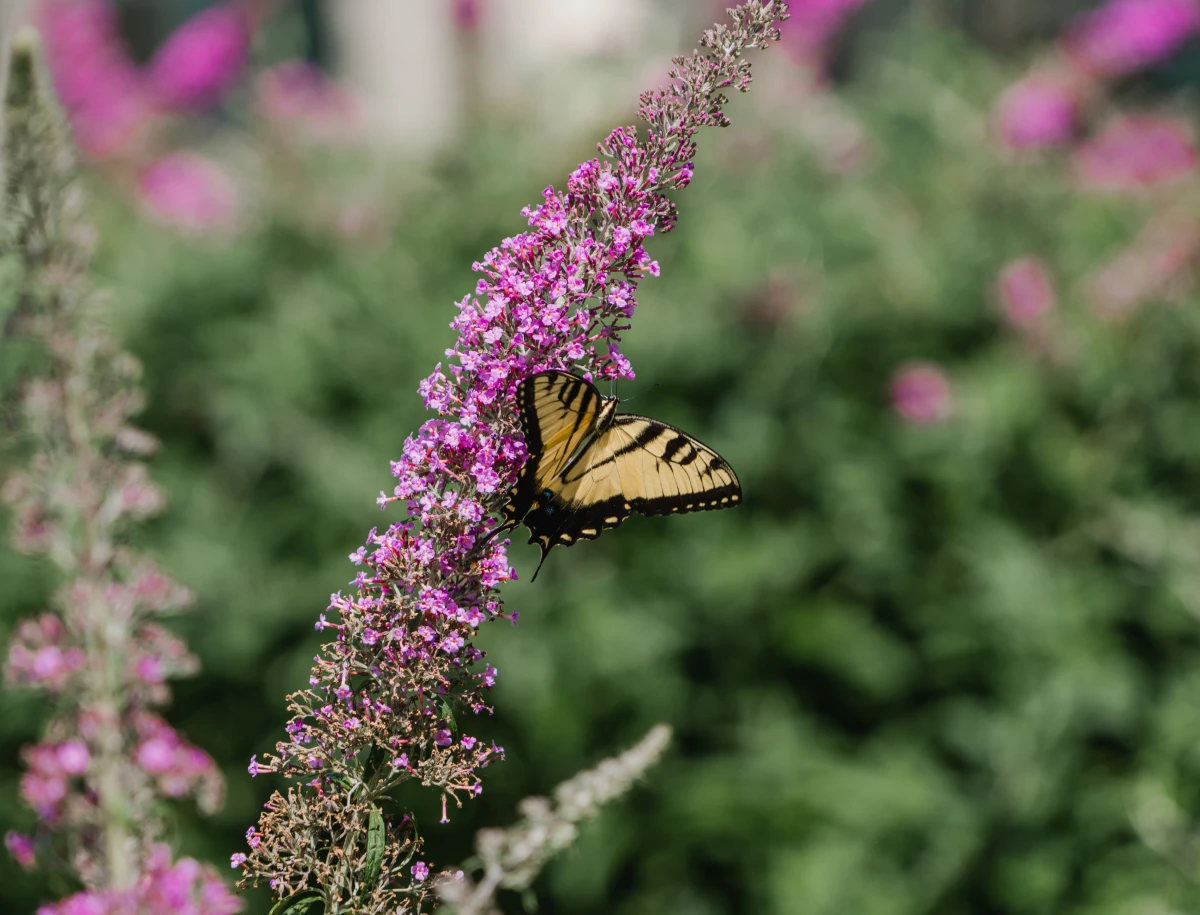
Common Mistake: Just trimming it back every year and thinking you have it under control. You’re not stopping the seeds from spreading far and wide.
Can You DIY This? Yes, this one is manageable. For smaller plants, you can usually pull them by hand, especially after a good rain. For bigger shrubs, you’ll need to dig out the whole root ball. I recommend cutting the shrub down to a stump first, which gives you more room to work. Then use a sharp spade (a good one costs about $30-$50 at a hardware store) to dig around the base and pry it out. Expect to spend an hour or two on a well-established plant.
Good Riddance: Bag up the flower/seed heads and throw them in the trash, NOT the compost. The woody branches are fine to compost once you’re sure they’re seed-free.
Better Choices: Plant native powerhouses like Joe Pye Weed (Eutrochium purpureum) for sun, Coneflower (Echinacea) for sun to part-shade, or Swamp Milkweed (Asclepias incarnata) for moist, sunny spots. They feed the whole family—caterpillars and butterflies alike.
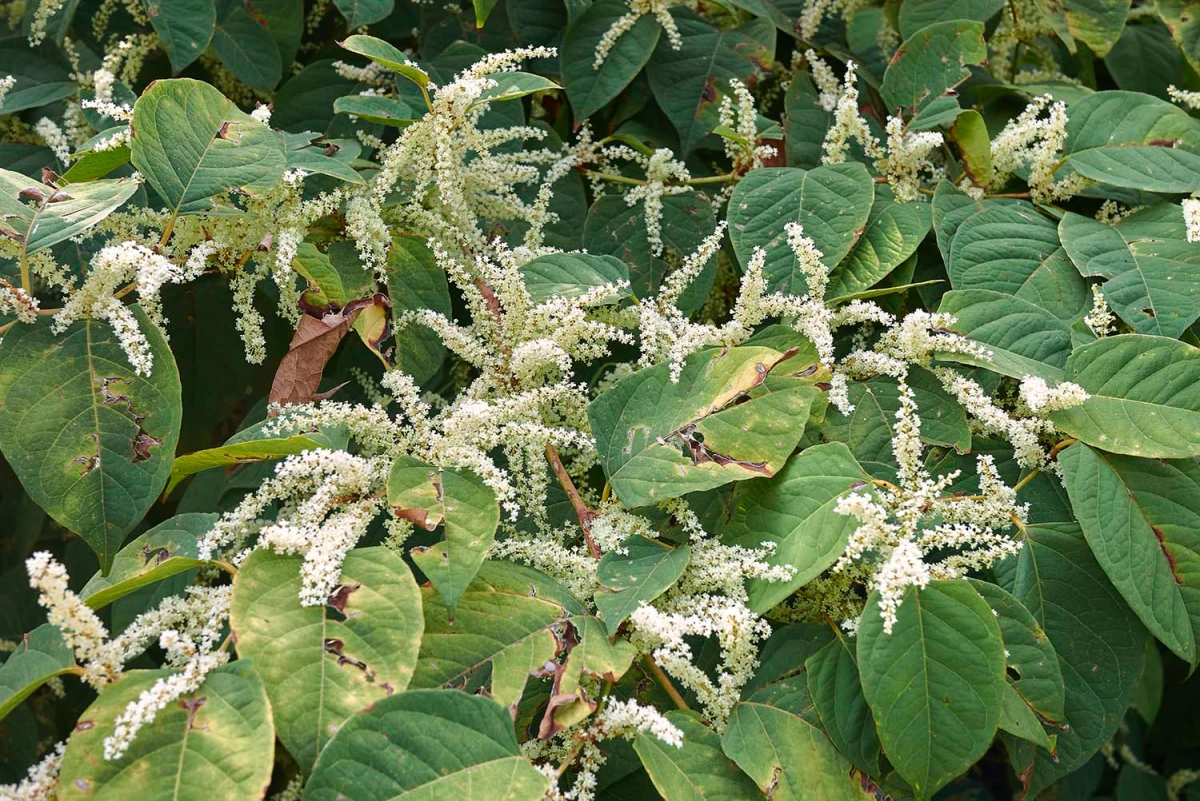
2. Japanese Knotweed (Fallopia japonica)
How to Spot It: Looks a lot like bamboo with its hollow, jointed stems, but it’s not. The stems are green with reddish specks, and the leaves are big, heart-shaped, and arranged in a zigzag pattern. In late summer, you’ll see sprays of little creamy-white flowers.
The Real Problem: Okay, let’s be clear: this is the Godzilla of invasive plants. I tell every client the same thing: DO NOT try to tackle this yourself. Its root system is a nightmare, growing 10 feet deep and spreading 20 feet out. It can bust through concrete foundations, asphalt driveways, and retaining walls. Mowing it or digging it improperly just creates hundreds of little root pieces that will all sprout into new plants, turning your problem into a catastrophe.
Common Mistake: Thinking you can dig it out. You can’t. You will absolutely make it worse.
Can You DIY This? No. Just no. Call a professional. Seriously. Professional remediation is a multi-year commitment and can easily cost $4,000 or more for a significant patch, but it’s the only way. The pros use carefully timed applications of specific herbicides over several seasons to slowly kill the massive root system.
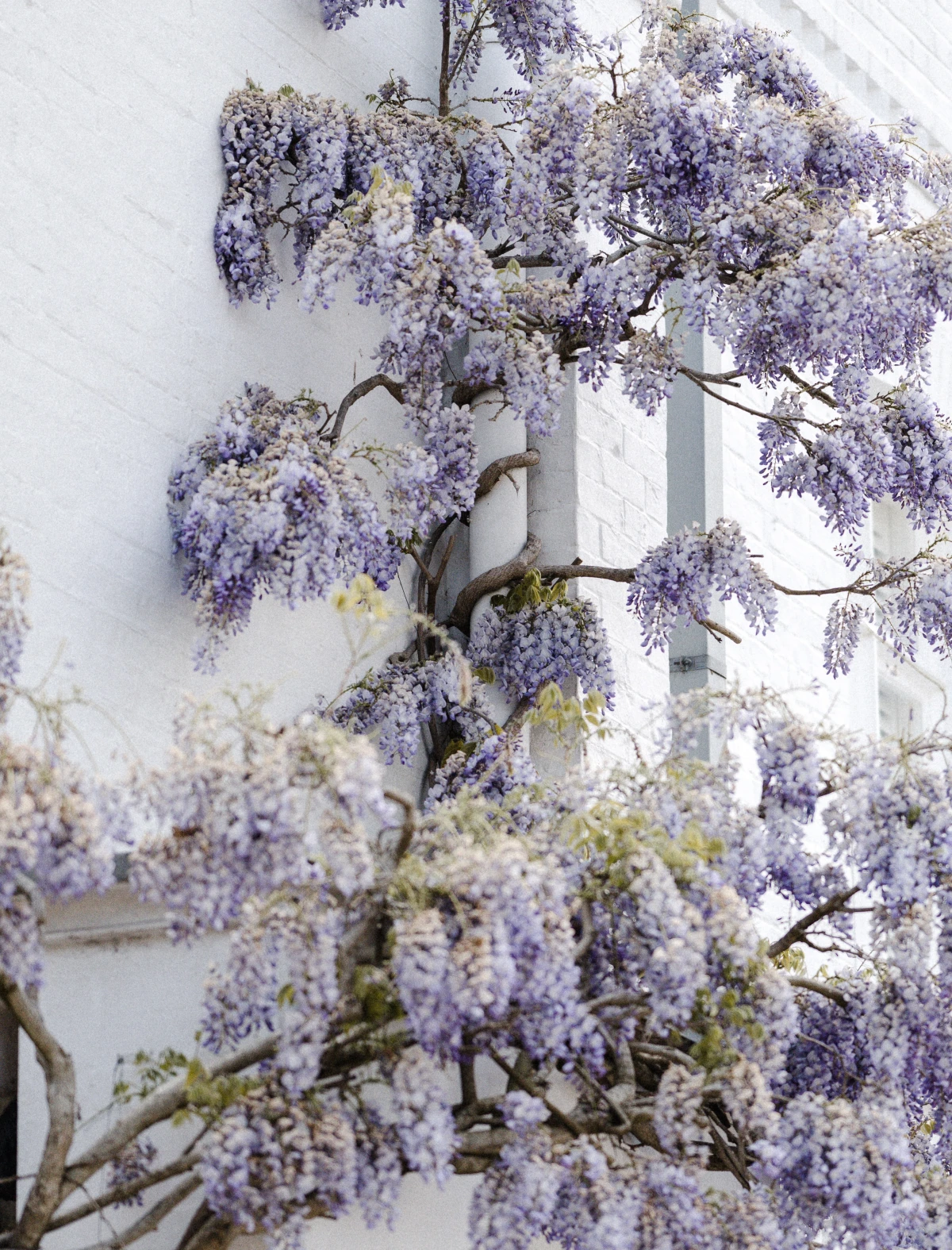
Good Riddance: This plant is often considered controlled or hazardous waste. All parts must be dried out on a tarp in the sun for weeks, then either burned (where legally permitted) or bagged and taken to a licensed disposal facility. Never, ever put it in a compost or yard waste bin.
Better Choices: If you want a tall screen, try a native grass like Big Bluestem (Andropogon gerardii) for a sunny spot, or a native shrub willow (Salix species) if you have more moisture.
3. Chinese Wisteria (Wisteria sinensis)
How to Spot It: A huge woody vine with those iconic, fragrant, lavender-blue flower clusters that hang down in the spring. A key tell: the vines twine counter-clockwise. The native American Wisteria, which is much better behaved, twines clockwise.
The Real Problem: This is a tree-killer. The massive vines wrap around tree trunks and strangle them, cutting off water and nutrients. The sheer weight of it can snap branches or even topple a whole tree. And as I learned the hard way, on a house, it will methodically dismantle siding, roofing, and porches.

Common Mistake: Trying to yank the green, living vines off a house or tree. You will take a huge chunk of bark, paint, or siding with it. Big mistake.
How We Handle It: First, we kill the main vine. We make two cuts in the main trunk at the base, about a foot apart, and remove that section completely. This starves the rest of the vine. Then, we paint a concentrated brush-killing herbicide directly onto the fresh-cut stump that’s still in the ground. A quick tip: use a cheap foam brush you can toss later and apply the herbicide to the outer ring (the cambium layer) right away—that’s the living part that will suck the poison down to the roots. We let the dead vines on the structure dry out for months. Once they’re brittle, they’re much easier and safer to remove. Professional removal for a big, destructive wisteria can run anywhere from $500 to over $2,000, depending on how tangled it is with the structure.
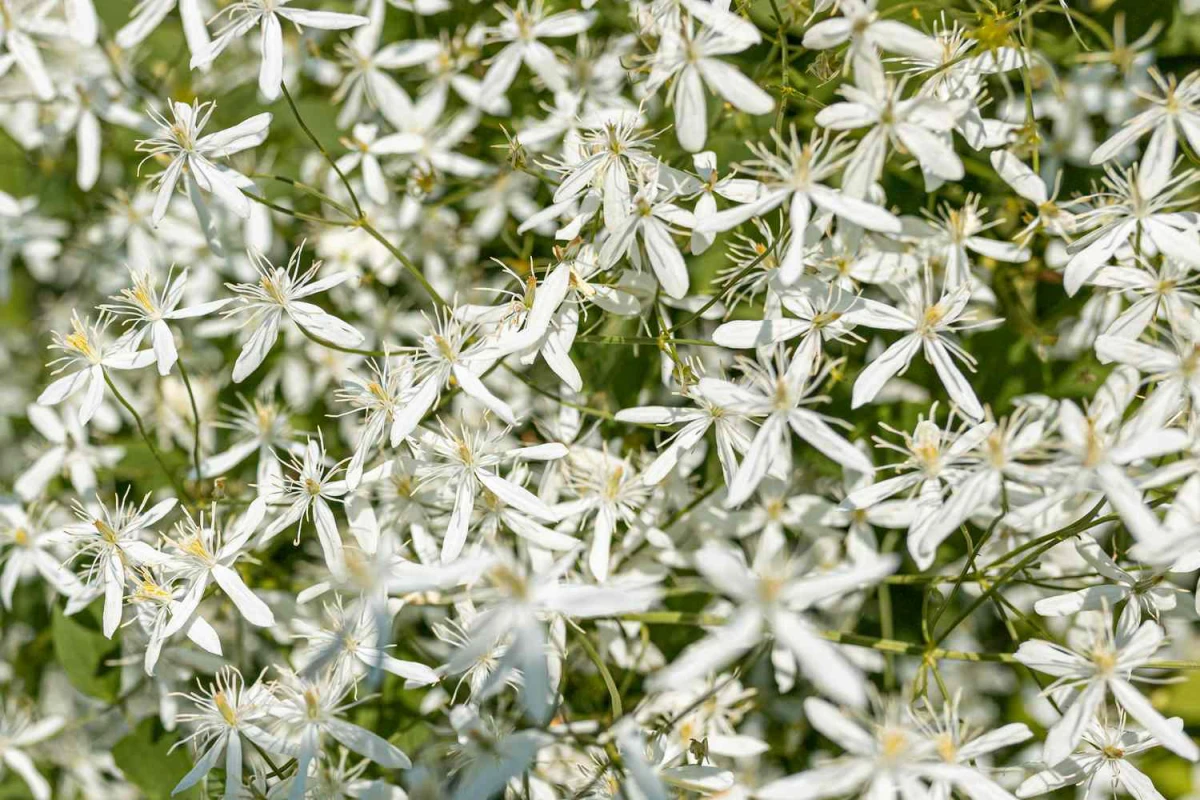
Good Riddance: Once they’re totally dead and dry, the vines can be composted. Don’t compost the seed pods—bag them for the trash.
Better Choices: Easy one! Plant the native American Wisteria (Wisteria frutescens) for sun. It’s just as beautiful but won’t eat your house. Or, for a hummingbird magnet, go with Trumpet Honeysuckle (Lonicera sempervirens) in a sunny spot.
4. English Ivy (Hedera helix)
How to Spot It: An evergreen vine with those classic waxy, dark green, lobed leaves. It can form a dense carpet on the ground or climb up trees and walls. Puts out small greenish flowers in the fall, followed by dark berries.
The Real Problem: We call this an “ivy desert.” On the ground, it chokes out everything, preventing native wildflowers and tree seedlings from ever seeing the light. When it climbs trees, it traps moisture against the bark, leading to rot and disease, and the weight makes trees top-heavy and prone to falling in storms. On your house, it damages mortar and provides a cozy home for spiders and rodents.
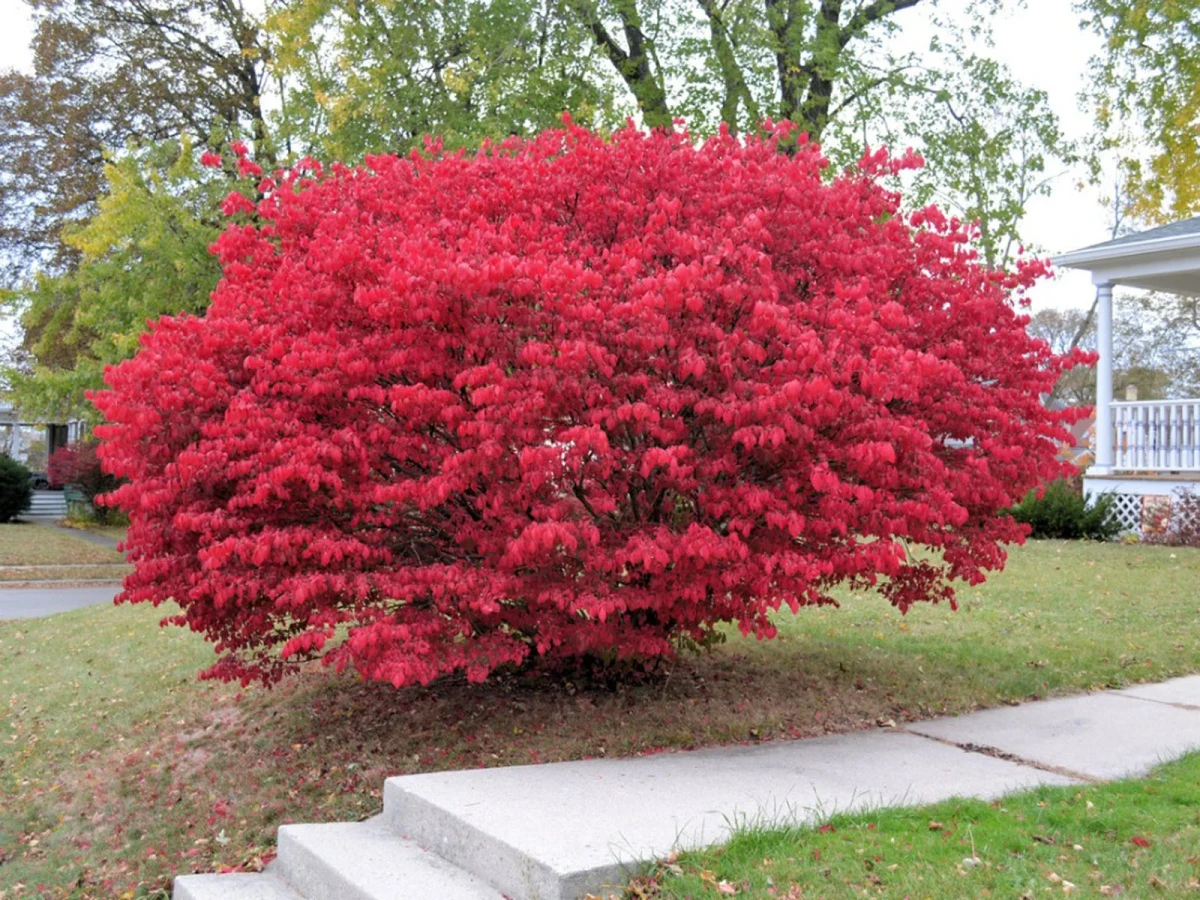
Common Mistake: Letting it start to climb your trees. Once it gets vertical, it enters its reproductive phase and starts producing berries, which birds then spread everywhere. Keep it on the ground, or better yet, get rid of it.
Can You DIY This? Yes, but it’s a workout. Plan for a full weekend (or more) for a 10×10 foot patch. Your Weekend Warrior Toolkit: thick leather gloves ($20), sharp loppers ($40), maybe a small pry bar ($15), and plenty of heavy-duty contractor bags ($20). For ground ivy, cut the vines and then roll it up like a nasty, tough carpet. For ivy on trees, cut a “lifesaver” ring around the trunk at waist height. Cut through all the vines and pull that section off the tree. The ivy above will die and fall off over time.
Good Riddance: Let the vines dry out completely on a tarp before bagging them. Fresh ivy can re-root in your compost pile with zero effort.
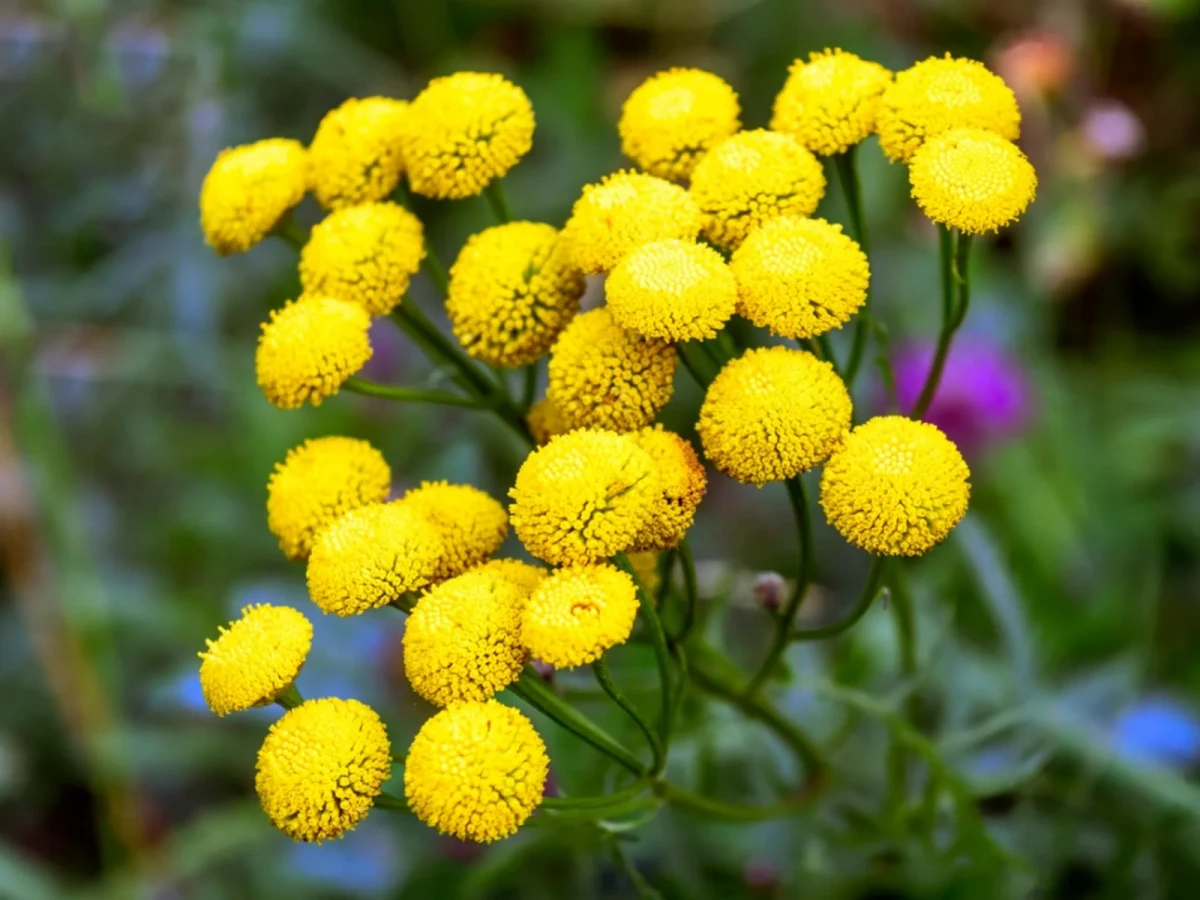
Better Choices: For a great native groundcover in shady areas, you can’t beat Wild Ginger (Asarum canadense). For sunnier spots, try Creeping Phlox (Phlox stolonifera).
5. Burning Bush (Euonymus alatus)
How to Spot It: A shrub famous for its almost neon-red foliage in the fall. The stems often have weird, corky ridges or “wings.” It produces small, reddish-orange berries.
The Real Problem: This plant is a forest invader, plain and simple. Birds gobble up the berries and poop out the seeds deep in the woods. There, it forms dense thickets that shade out the entire native understory, messing up the forest structure. It’s so bad that it’s now illegal to sell in some states, which tells you everything you need to know.
Common Mistake: Thinking that because you bought it at a big-box store, it must be okay. Unfortunately, that’s not always the case.
Can You DIY This? Absolutely. Small plants can be pulled by hand. For bigger ones, the best tool is a high-leverage puller, sometimes called a Weed Wrench or Extractigator. You can find them online for about $150-$200. It’s a fantastic investment that saves your back and pulls the whole root system out, which is way better than just cutting it. If you have to cut it, you must treat the stump with herbicide to stop it from re-sprouting.
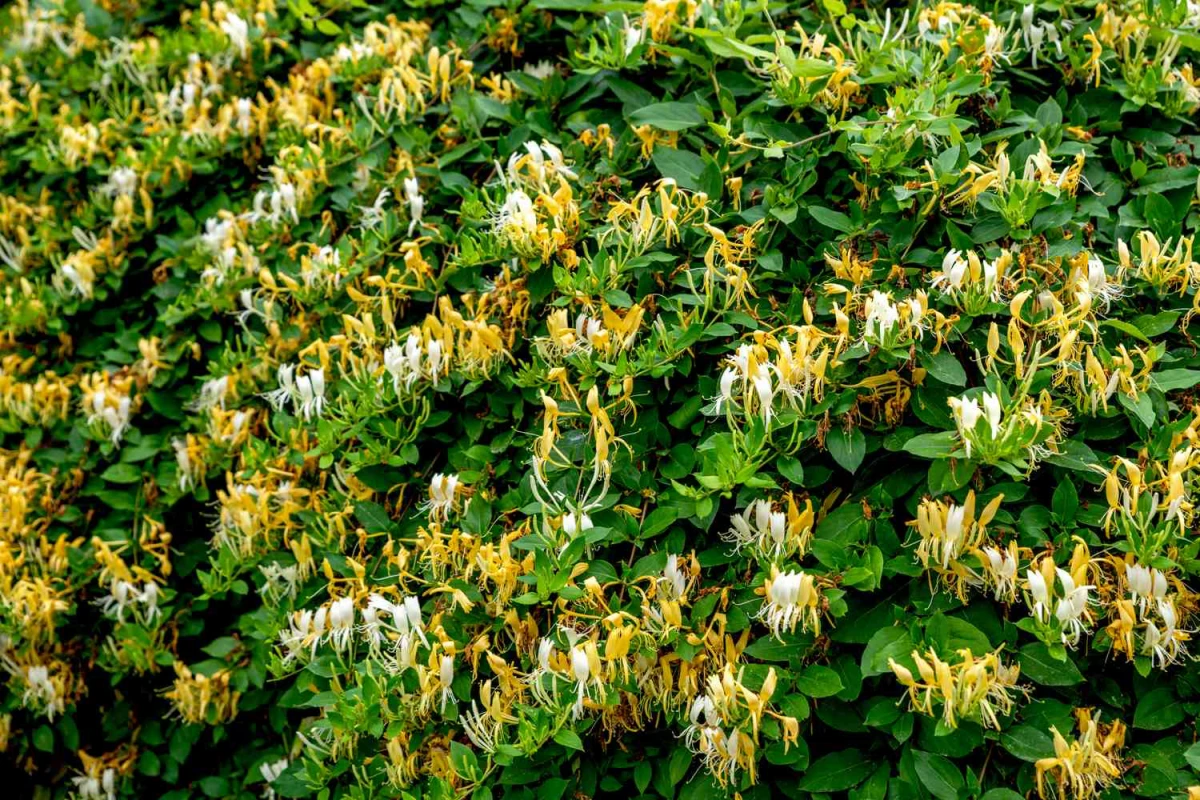
Good Riddance: If you remove it before it has berries, you can chip or compost the branches. If there are berries, bag them up for the trash.
Better Choices: For that amazing fall color, plant a native Highbush Blueberry (Vaccinium corymbosum) in an acidic, sunny spot (you get berries, too!). Or, for another stunner, try Red Chokeberry (Aronia arbutifolia) which thrives in sun to part-shade.
6. Sweet Autumn Clematis (Clematis terniflora)
How to Spot It: A climbing vine that is covered in a giant cloud of small, white, fragrant flowers in late summer. Later, it develops fluffy, silvery seed heads. Heads up: the native Virgin’s Bower looks similar, but the invasive one has smooth-edged leaves, while the native has toothed leaves.
The Real Problem: It’s a self-seeding machine. Those pretty seed heads get carried on the wind, and suddenly you have this vine popping up everywhere—in your lawn, your neighbor’s hedge, everywhere. It grows so fast it can swallow other plants and small structures in a single season.

Common Mistake: Ignoring it for a season. One year of seeds can mean five years of weeding.
Can You DIY This? Yes! This is a great one for beginners to tackle. Let’s call it a “Quick Win.” Unlike the deep-rooted monsters, its root crown is usually pretty shallow. Cut the vine back, then get in there with a sharp spade and dig the main root out. You can probably clear a decent patch in an afternoon. Just stay on top of pulling any new seedlings for the next year or so.
Good Riddance: The most important step is to cut off and securely bag all the seed heads before you start pulling. The rest of the vine can be composted.
Better Choices: The native Virgin’s Bower (Clematis virginiana) is a fantastic and nearly identical substitute that does well in sun or part-shade and won’t take over your life.
When to Break Down and Call a Pro
Look, I’m all for empowering homeowners, but I’m also a realist. Some jobs are just too big or too risky for a DIY approach. You should pick up the phone and call a professional if:
- You’re dealing with Japanese Knotweed. The risk of making it worse is just too high.
- The infestation is huge, like a quarter-acre or more of English ivy or honeysuckle.
- The plants are on a steep hill or along a stream where your work could cause erosion.
- You’re not comfortable or licensed to use the kinds of herbicides needed for the job.
- The physical labor is just too much. This stuff is hard work.
A good pro will give you a clear, multi-year plan, be upfront about costs, and have the right licenses and insurance. Think of it as an investment in taking back your property for good.
A Final Word on Doing It Right
When you take on this kind of work, you’re becoming a steward of your little piece of the planet. So please, be safe. Always wear thick gloves, long sleeves, pants, and closed-toe shoes. I can’t tell you how many times I’ve found poison ivy hiding inside a patch of something else. Eye protection is non-negotiable when you’re cutting or running any power equipment.
And if you use herbicides, read the label. Then read it again. Follow every single direction. It’s not just a good idea—it’s the law. Protect yourself, your family, your pets, and the world around you.
Removing invasive plants is a marathon, not a sprint. It takes time and you have to be persistent. But when you finally clear a patch and put a native serviceberry or a young oak tree in its place, you’re doing something amazing. You’re not just gardening anymore. You’re restoring a little piece of the world, creating a space that’s not only beautiful, but truly alive. And that’s a legacy worth all the sweat.
Inspirational Gallery with Photos
According to the U.S. Forest Service, invasive species are responsible for an estimated $120 billion in damages and management costs in the United States each year.
This staggering number isn’t just about large-scale agriculture or forestry. It includes the cost of homeowners, like in the article, repairing foundations damaged by wisteria, or local municipalities clearing parks choked by Japanese knotweed. Your backyard battle is a small but crucial part of a much larger economic and ecological war.
Love the look of Butterfly Bush but hate the invasiveness? Many popular cultivars of Buddleja davidii are now banned in several states for their tendency to escape gardens and colonize natural areas.
Try this instead: Joe Pye Weed (Eutrochium purpureum). This stunning native perennial offers the same grand scale and late-summer purple blooms but provides far superior food and habitat for local butterflies and pollinators. It supports the ecosystem instead of harming it.
When tackling invasive vines like the English Ivy shown in the photos, your first instinct might be to yank them from the tree trunk or wall. Resist!
- Step 1: Sever the connection. Use loppers or a pruning saw to cut every vine stem at the base, about waist-high. Create a gap of at least one foot. This starves the upper portions of the vine.
- Step 2: Be patient. The ivy clinging to the structure above your cut will wither and die over several weeks. It will be much easier and less damaging to remove once it’s dead and brittle.
- Step 3: Attack the source. Now focus your energy on digging out the rooted sections at ground level.
Can I just cover the problem area with landscape fabric?
It’s a tempting shortcut, but for aggressive invaders, it’s often a mistake. Tough plants like Japanese Knotweed or bamboo can easily puncture standard weed barriers. Worse, their rhizomes (creeping roots) will simply travel underneath the fabric until they find an edge or tear to pop through, making them even harder to track and remove. For smothering, opt for thick, overlapping layers of cardboard covered by a deep layer of mulch instead.
- Prevents a new generation of weeds from sprouting.
- Protects the delicate soil microbiome from disturbance.
- Reduces the physical strain of constant digging and pulling.
The secret? Solarization. After clearing the initial growth, thoroughly wet the area and cover it tightly with a clear plastic tarp (like a painter’s drop cloth), sealing all edges with rocks or soil. On sunny summer days, the heat will build up and effectively cook the remaining roots and seeds in the top layer of soil.
The number one removal mistake: improper disposal. Never, ever throw invasive plant parts into your compost bin. Many plants, like the notorious Garlic Mustard, can still set seed after being pulled, and roots from Goutweed can gleefully resprout from your finished compost. The safest bet is to bag the material securely in heavy-duty contractor bags and send it to the landfill, or lay it out on a tarp in the hot sun for several weeks until it’s completely desiccated and dead.
A single Japanese Knotweed rhizome fragment as small as half an inch can sprout into a new, independent plant.
This is why simply tilling or chopping at a knotweed patch is one of the worst things you can do. A rototiller, for instance, doesn’t kill the plant—it multiplies it, turning one problem into hundreds. Removal requires careful digging to get every single piece, or a systemic herbicide approach that kills the plant from the inside out.
Arm yourself with the right tools for the job. While a shovel is a start, a few specialized items make the war on invasives much more winnable. A ‘Weed Wrench’ or ‘Uprooter’ tool provides incredible leverage for pulling larger, woody invaders like Buckthorn or bush honeysuckle. For digging out taproots in tight spaces, nothing beats a sharp Japanese hori-hori knife.
Be a savvy plant shopper. Before you fall for a pretty flower at the garden center, pull out your phone. A quick search for the plant’s Latin name (e.g., Berberis thunbergii for Japanese Barberry) plus the word










